7 kinds of flowering plants that like soft diffuse light and are afraid of strong sunlight are suitable for growing on eastfacing windowsills
1. Phalaenopsis
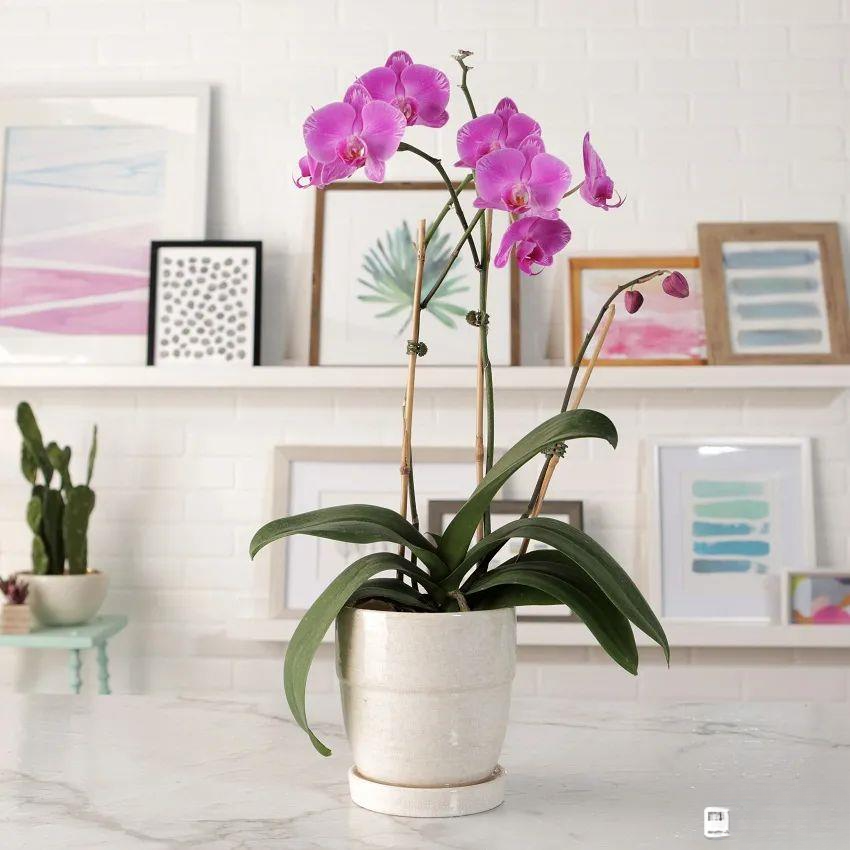
Phalaenopsis is very afraid of direct sunlight, so it is very suitable to be placed next to an east-facing windowsill. It prefers soft, scattered light, and about 3 to 5 hours of soft light a day is very beneficial to its growth.
Of course, if you want to grow Phalaenopsis well, you must also ensure that the environment is warm, well ventilated, and has a high humidity. When planting Phalaenopsis, you usually use some sphagnum moss (soaked in water, squeezed dry before use) to wrap its roots. Some of the roots will be exposed, and the roots will turn green, which means they are healthy roots and can photosynthesize.
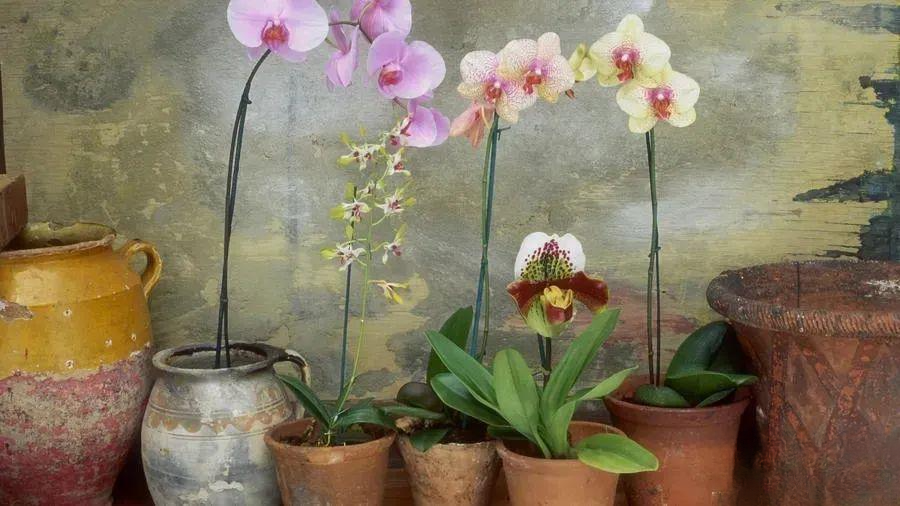
When raising Phalaenopsis, you must pay attention to maintaining a high air humidity and a well-ventilated environment. Do not keep it in a closed space, that is, to ensure that the water can evaporate quickly after spraying water. When watering Phalaenopsis, the sphagnum moss can be kept slightly moist. Water must not accumulate, and the sphagnum moss must not be left dry for a long time.
When the weather cools down in autumn, you can start to add thin fertilizer regularly. Generally, use Huaduoduo No. 1 and Huaduoduo No. 2 to spray alternately. The concentration is 1/4 of the usual concentration. The concentration does not need to be too high, otherwise it will easily cause fertilizer damage.
2. Anthurium
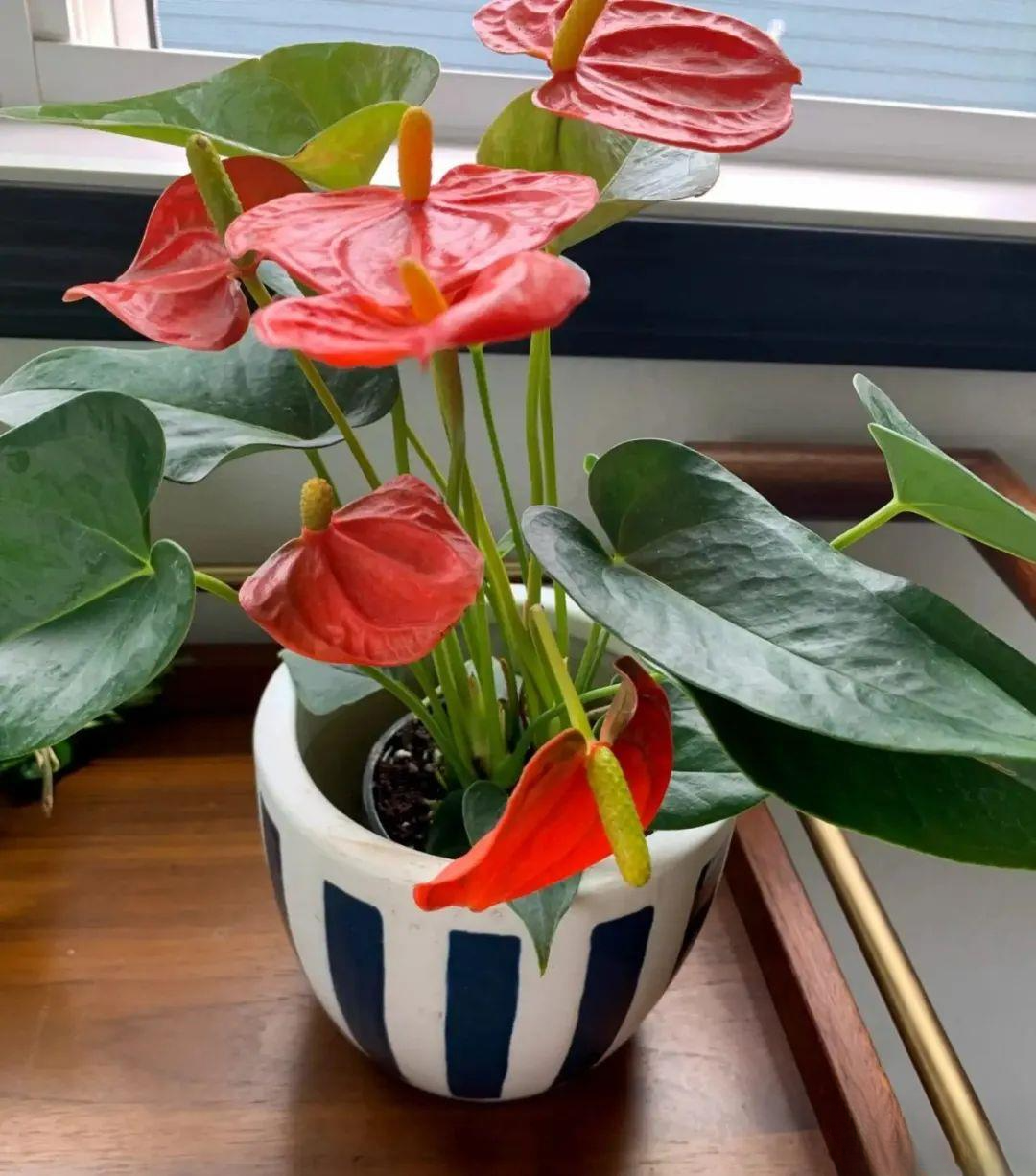
When caring for potted anthurium, in addition to shading in the summer, it is necessary to provide sufficient light in spring, autumn and winter. Only with more light can the anthurium grow faster. In a shaded environment, it will only slow down its growth, or even stop growing leaves.
Anthurium is a flowering plant. Many friends grow it under bright lights. It has flowers when it is first bought, but after the flowers wither, it will never bloom again because of lack of light.
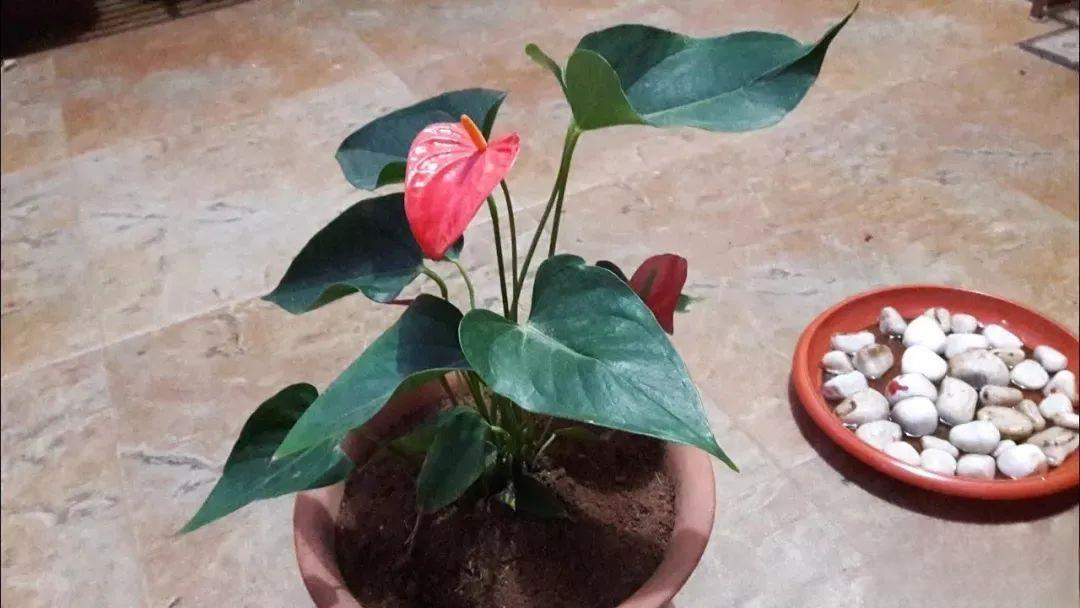
In spring and autumn, be sure to supplement the anthurium with phosphorus and potassium fertilizers every one or two weeks, including the common Huaduoduo No. 2. You can also occasionally spray potassium dihydrogen phosphate solution to promote the growth of flowers and ensure sufficient phosphorus and potassium fertilizers for flowering.
To care for potted Anthurium, you must ensure that the environment is ventilated and light-permeable, with a high air humidity. Indoors, you must also pay attention to cleaning its leaves regularly and not allow too much dust to accumulate on the leaves. The soil must be breathable and loose enough. It likes water, but is also afraid of waterlogging, so the flowerpot and soil must be breathable and loose enough. Once water accumulates in the soil, it will definitely cause root rot.
3. Hoya
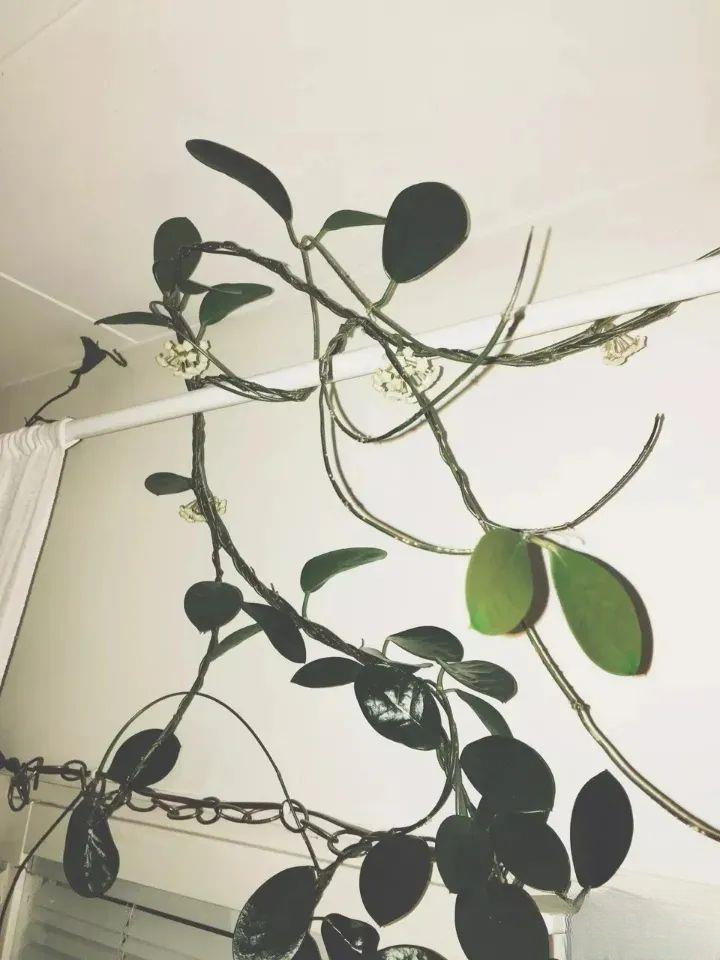
Many friends have consulted me that the potted Hoyas they are raising cannot bloom. This is usually caused by insufficient light. Hoyas do not require too much light and can grow and bloom on an east-facing windowsill or balcony. Be careful not to keep it in an overly shaded place.
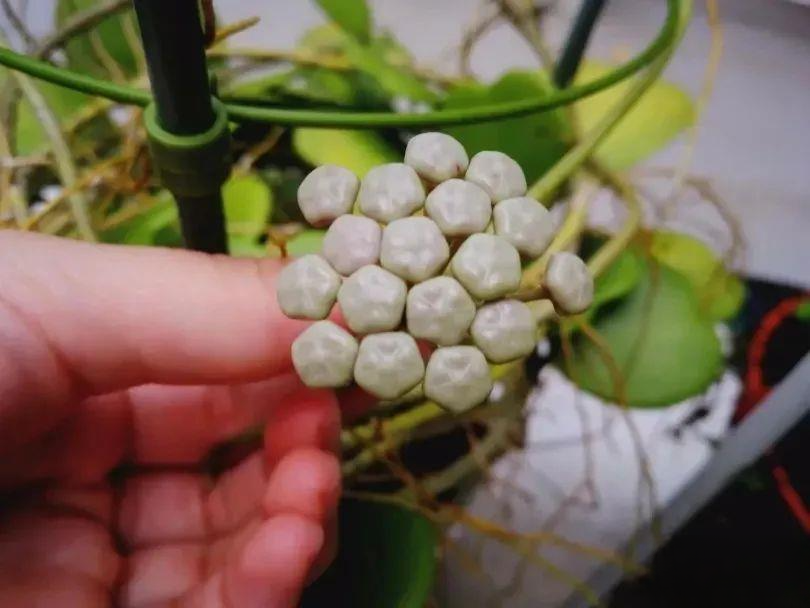
Hoya needs about 5 hours of light a day, which means giving it more light without causing its leaves to be sunburned. Also, the soil should be loose and breathable. The soil does not need to be watered too frequently, but a certain air humidity should be maintained to prevent the air from being too dry.
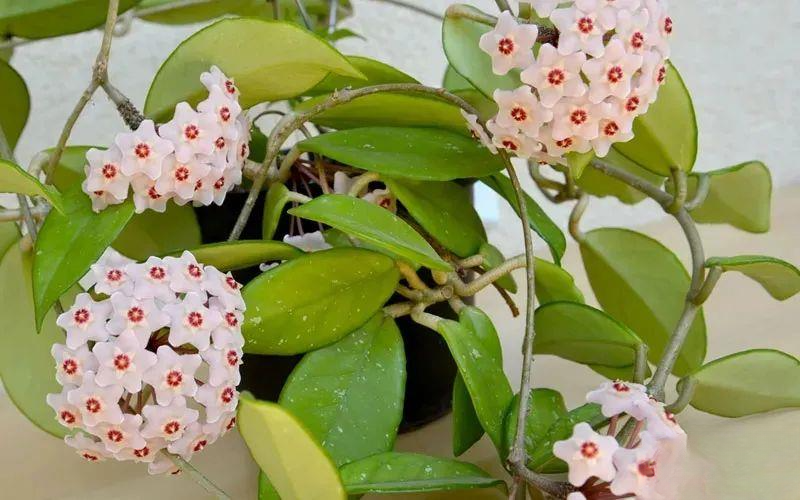
The pot for potted Hoya should not be too big. The pot should be compact so that its roots can grow all over the pot, which will make it easier for it to produce flowers. If the pot is too big, it will only grow roots but not flowers. If the pot is small, it can promote the production of flowers after the plant grows compactly and the roots fill the pot.
In addition, during the vigorous growth period of the Hoya, it is necessary to regularly add some phosphorus and potassium fertilizers, and the fertilizer concentration is half of the usual level.
4. Cyclamen
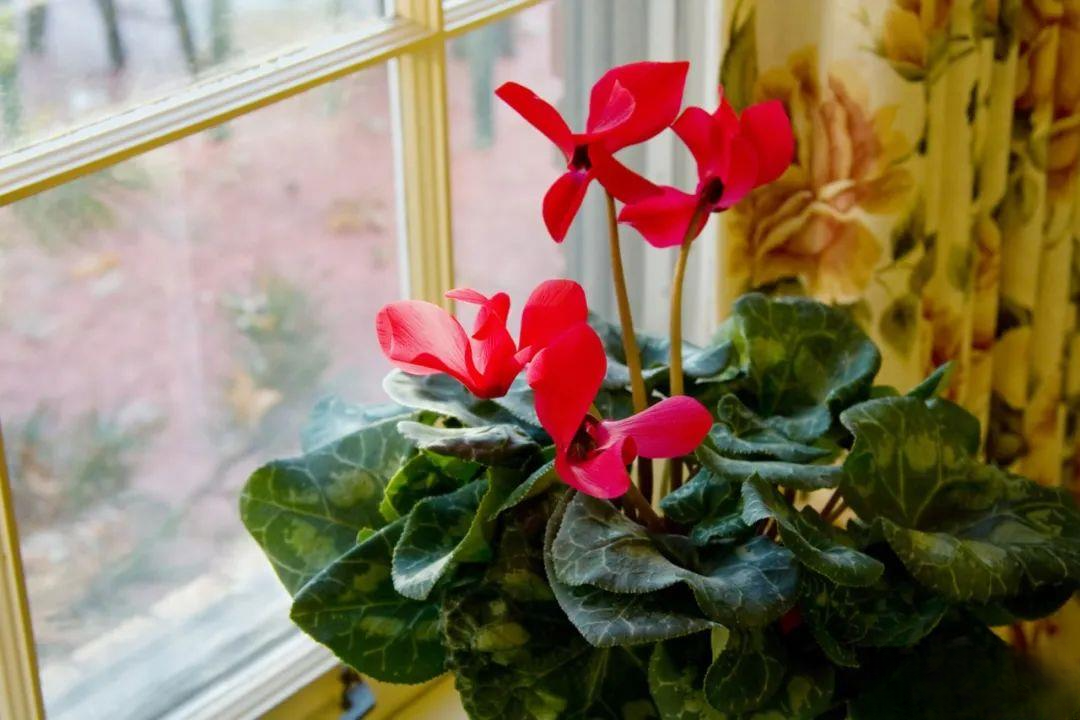
Cyclamen has various varieties, some with large flowers and some with small plants. It is very suitable to grow some smaller potted plants on the windowsill. When caring for cyclamen, you must not change the pot when you just buy it. Keep it in the pot and wait until it finishes blooming before changing the pot.
When you first bring the cyclamen home in a pot, you can water it thoroughly once. When watering, avoid the leaves and flowers, and water directly into the potting soil. Water slowly until the soil is completely moist.
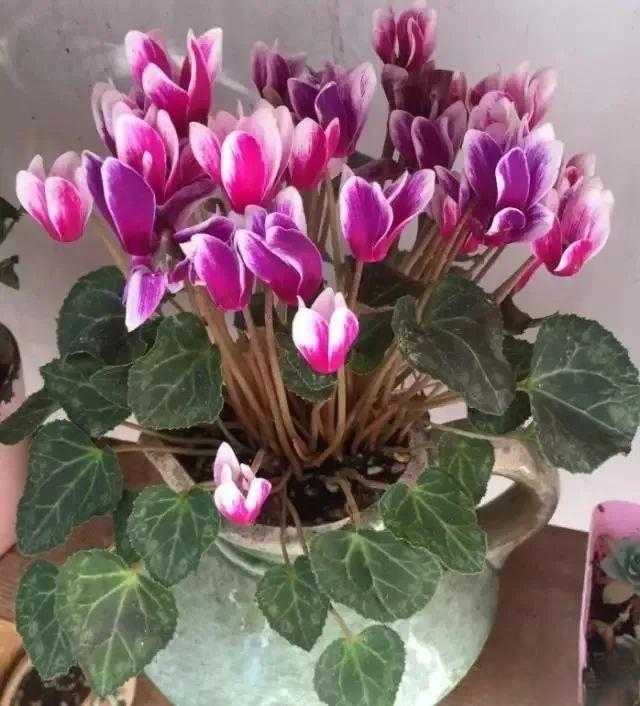
If the soil has cracked or lumps together, you can use the immersion method to replenish moisture. Just prepare a basin, put in an appropriate amount of clean water, put the potted plant in it, and slowly absorb water from the bottom of the pot. After more than ten minutes, drain the water from the potted plant and place it on the east-facing windowsill for maintenance.
Cyclamen has a fleshy root system, its roots are relatively developed, and there is a large tuber under its rhizome. Once it is watered too much, it is easy to cause root rot. Cyclamen is actually a tuberous plant. As long as its roots are well maintained, it can grow lush and bloom continuously.
5. African Violet
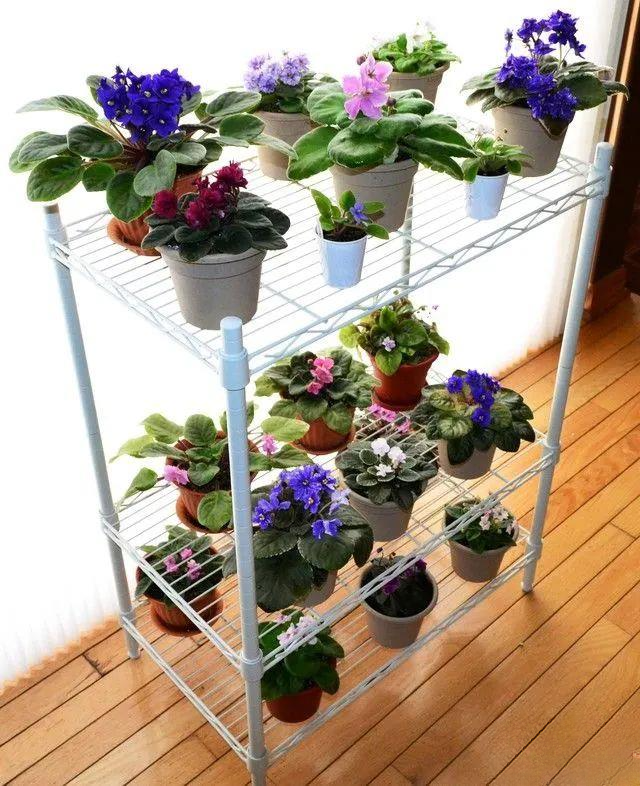
African violets prefer warm and cool environments. During the maintenance process, they must be placed in a well-ventilated place with more scattered light. After all, it is a flowering plant. Even if it is grown on a windowsill, it must be ensured that there is as much soft light as possible to allow it to grow and bloom.
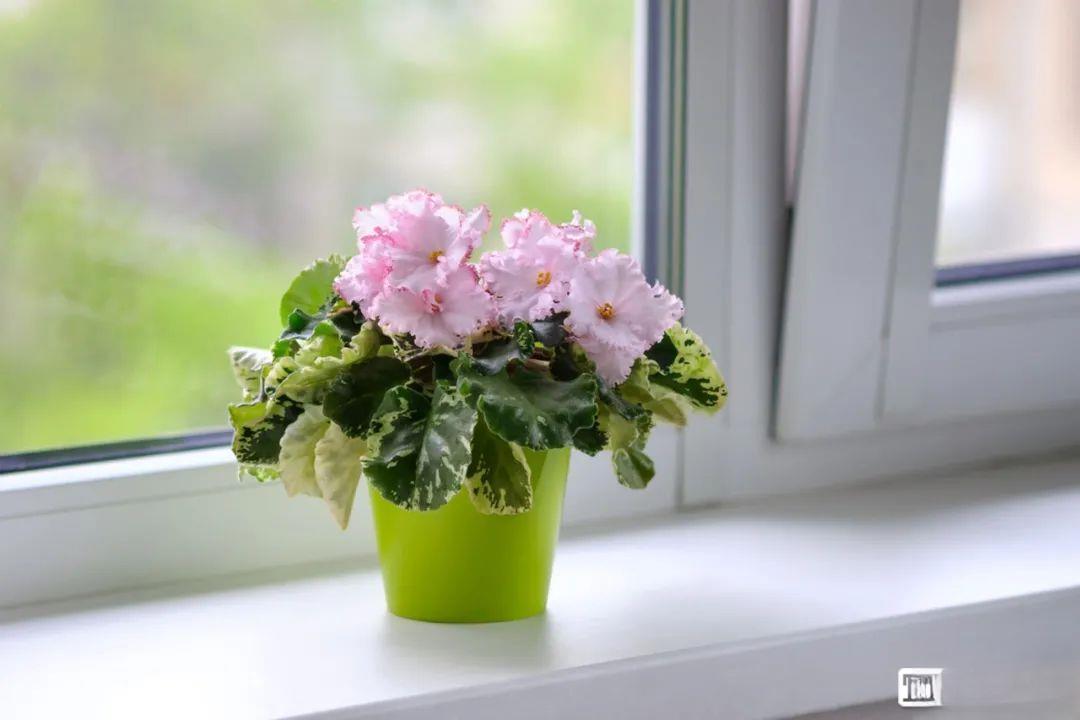
When caring for African violets, you should pay attention to choosing some soil that is rich in humus, breathable, loose and well-drained. During the planting process, avoid watering the leaves and flowers. In addition, you should cut off the remaining flowers in time after flowering, and add some thin fertilizer in time. You can use Huaduoduo No. 1 and Huaduoduo No. 2, and spray them alternately. The concentration should be half of the usual one. Whether it is watering or fertilizing, be careful to avoid its leaves.
African violets must not be watered too frequently, the soil cannot be kept moist all the time, and water must not be allowed to accumulate in the pot, otherwise it will easily cause root rot.
6. Gloxinia
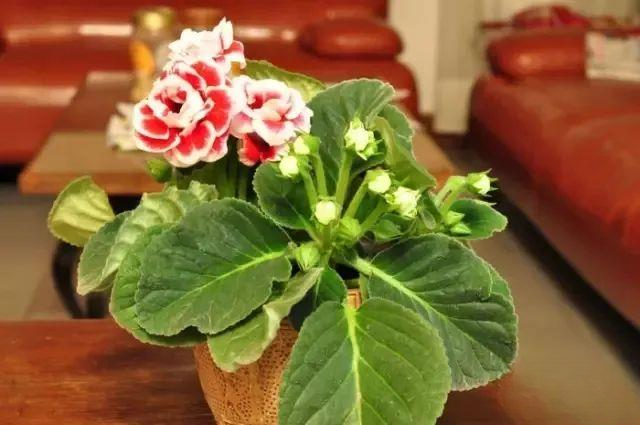
Gloxinia is an herbaceous flower that blooms brilliantly in spring, summer and autumn. It is related to the African violet (both are in the Gesneriaceae family) and is a relatively shade-tolerant ornamental flower.
There are many varieties of Gloxinia with various colors. It is suitable to be grown on the east-facing windowsill with more scattered light. It should avoid strong light. It is very afraid of exposure to the sun. When the sunlight is too strong, its leaves will be sunburned.
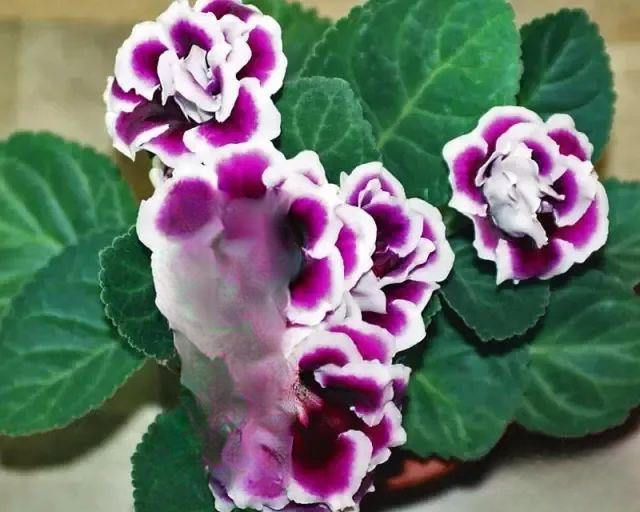
During the growth process of Gloxinia, it is also necessary to avoid frequent rain and keep the soil dry, not wet. In addition, in spring, summer and autumn, it is also necessary to supplement it with dilute fertilizer water once a month or so, and use fertilizers with a balanced content of nitrogen, phosphorus and potassium. Be sure to avoid excessive fertilization, and the concentration of fertilizer should be half of the usual level.
7. Happy Flowers
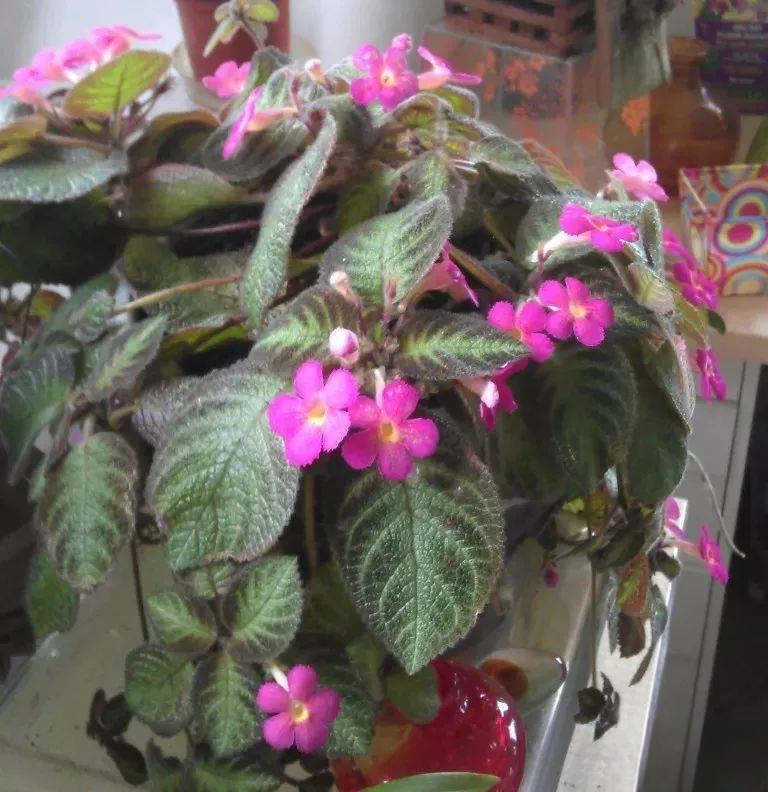
Shade-loving flower is a perennial herb. Its stems and leaves can grow on the soil surface, and the branches can be grown into hanging pot plants when they grow long. It grows particularly well in some cool, humid and well-ventilated environments. The maintenance environment should have relatively soft light, and avoid strong light, otherwise the leaves will easily be sunburned.

Of course, shade-loving flowers cannot be kept in an overly dark place, otherwise they will not be able to bloom. As long as the environment is warm and humid, the cultivation soil is loose and breathable, the soil is kept slightly acidic, and occasionally supplemented with fertilizer and water, shade-loving flowers are easy to bloom. After flowering, it is also necessary to pay attention to cut off the remaining flowers in time, and then add some phosphorus and potassium fertilizers, including Huaduoduo No. 2 or potassium dihydrogen phosphate, to promote the regrowth of flowers.